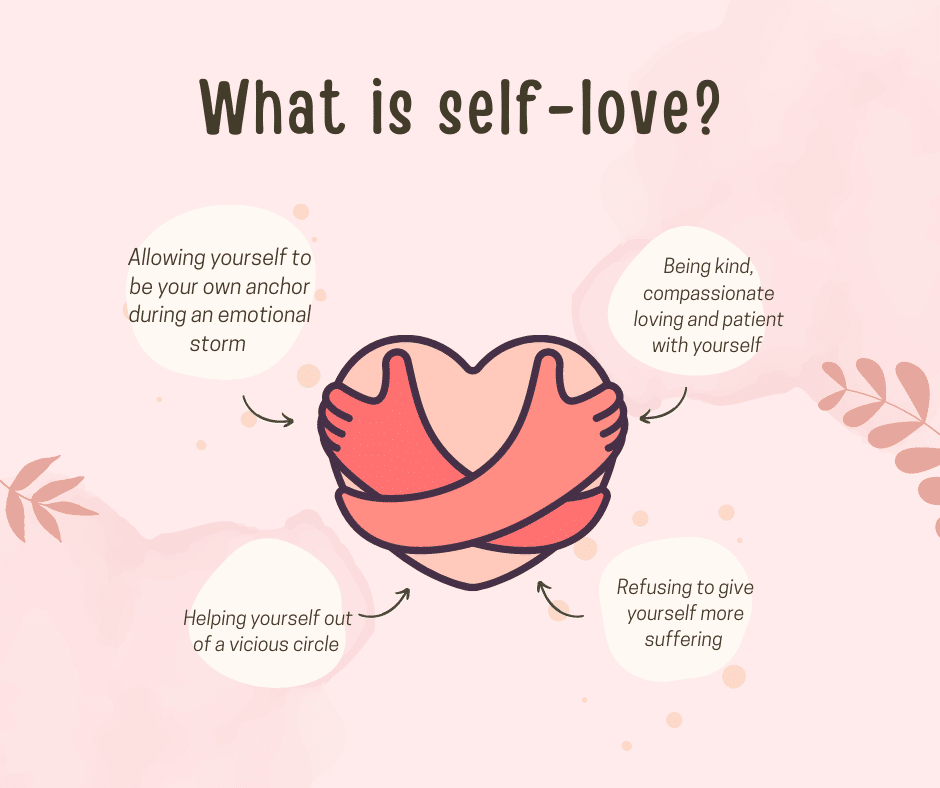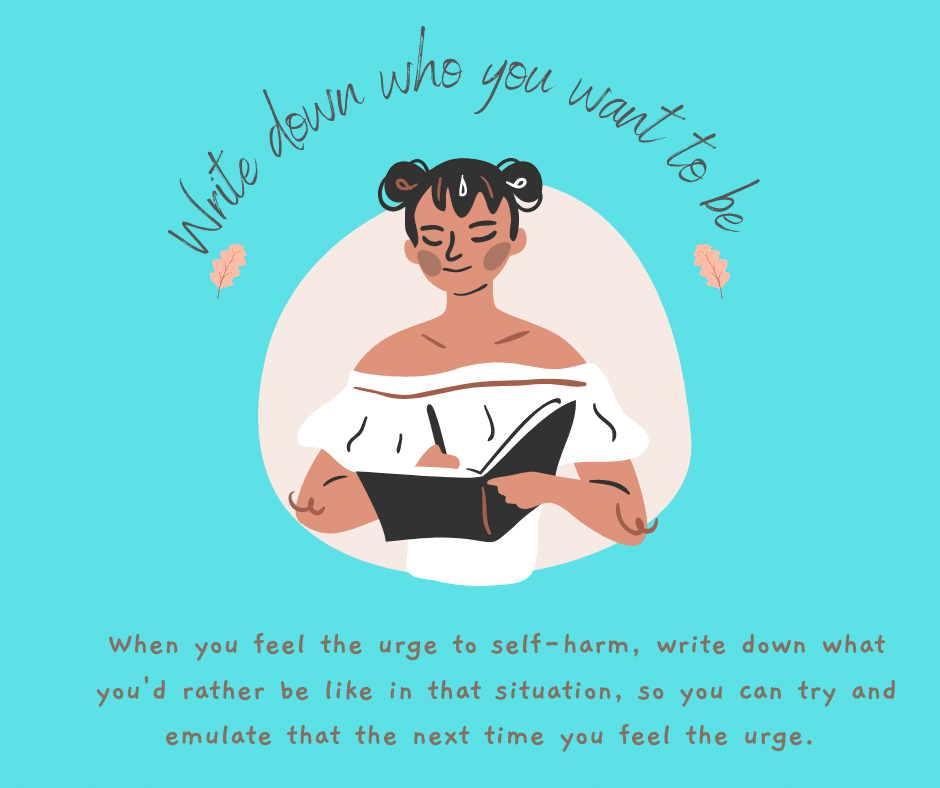
Self-harm is when we intentionally cause damage to the surface of our bodies through actions such as cutting, hitting, or burning ourselves. However, most of the time these actions are not done with the intention of committing suicide, but rather with the motivation to get relief from mental pain or to actually feel something after feeling emotionally numb. Other reasons also include enjoying the feeling of a rush which can make an individual feel like they get a high by doing something dangerous, or an individual simply just feeling bored. Self-harm can also be an indicator that the individual is suffering from depression.
Conversely, the core motivation for self-harming comes back to the control agenda. The control agenda is part of the human condition, meaning that it’s something that all humans partake in, to some degree, but most engage in ways that aren’t so dangerous or have as big of consequences. Individuals who do not self-harm can find themselves questioning as to why anybody would partake in self-harming which in turn can cause a self-harming individual to feel shame and judgment.
Emotional Control Agenda – “Fix it, change it, get rid of it”
There are many aspects of our daily life that we are unable to fully control, such as other people, the situation’s we find ourselves in, the thousands of thoughts and emotions we have in every moment, or the urges that pop up that makes us want to do things that we don’t really want to be doing. All the discomfort we feel between what’s happening at the moment and what we prefer to have happening creates a reality gap between what we want and what is going on.
Therefore, we find ourselves wanting to solve it and enter the “fix it? change it? get rid of it?” mode. As individuals, we are hardwired to shift into a problem-solving ‘control agenda’ mode. Self-harm is an example of the ‘control agenda’ no longer providing a solution to the problem, but actually becoming the problem itself.
An alternative to self-harm is self-love
Self-love is an alternative choice that acknowledges how difficult the situation is and refuses to add another layer of suffering by doing something that over time, just perpetuates the emotional storm you’re feeling. Instead, self-love allows you to be your own anchor and support to allow the emotional storm to blow by.
Emotional storms can feel like you are trapped in this constant vicious cycle of life and that nothing will change, but if you take a step back and observe, you can watch how the weather patterns internally are constantly changing throughout the day. Self-love is offering the support, love, patience and compassion to yourself to help you get through the storm.

How to self-love to overcome self harm
Tip #1 – Label and lovingly acknowledge
We must be willing to coexist with this emotional experience as it is. It can be useful to remind yourself that this is the emotion of ____ and label the emotion of sadness, loneliness, boredom etc, reminding yourself that yes, this is hard, but you can make room for this temporary experience. Use your breath to keep you anchored in your body; when you get swept away by how you’re feeling, stop, come back to your breath, and acknowledge how you are feeling again. The key is to remind yourself to be patient in the eye of the storm.

Tip #2 – Watch emotions come and go without judging the event
It is also useful to notice that we categorize things as good and bad and thus when an emotion gets categorized as bad, it automatically makes us want to shift into ‘fix it, change it, get rid of it’ mode. However, taking a non-judgmental approach to all emotions can be very helpful to resolve this. Additionally, you can also look at your childhood around this particular emotion that you’re struggling with and is triggering you to self-harm.
For example, delving into what kind of messages did you receive about this emotion when you were a child and how your parents/other adults dealt with this particular emotion when it showed up. You have to ask yourself as to whether the message received was that this emotion is bad or wrong and what type of control agenda behaviors the adults around you displayed.
As children, we learn from imitating what people around us do. Therefore, it is possible that you have taken on a similar relationship with this particular emotion because of the messages you received growing up. When you make this observation, it becomes easier to reshape the relationship you have with this emotion and take a more non-judgmental stance to dealing with that emotion.

Tip #3 – Write down who and what you want to be when the urge arises
When you feel like self-harming, it can help to imagine what kind of person you would like to be instead in that situation and what kind of traits and characteristics you want to possess. Then, you can write these down for yourself and keep it with yourself so that you can act on it the next time you feel an urge to self-harm. If the questions are hard to answer, then it’s useful to think about somebody you admire and imagine how they would deal with the situation.
It is important to understand what the motivation is behind your actions because any action can become a part of that control agenda. The minute that your action becomes part of the control agenda, you’re likely to get frustrated and fed up and go back to previous patterns.
This is because you fall back into the pattern of trying to ‘fix it, change it, get rid of it’ and you haven’t allowed yourself to have willingness to coexist with this emotional event whilst doing things that honor who you want to be. The key is to keep breathing and know that like all moments, this too shall pass.

Leave a Reply